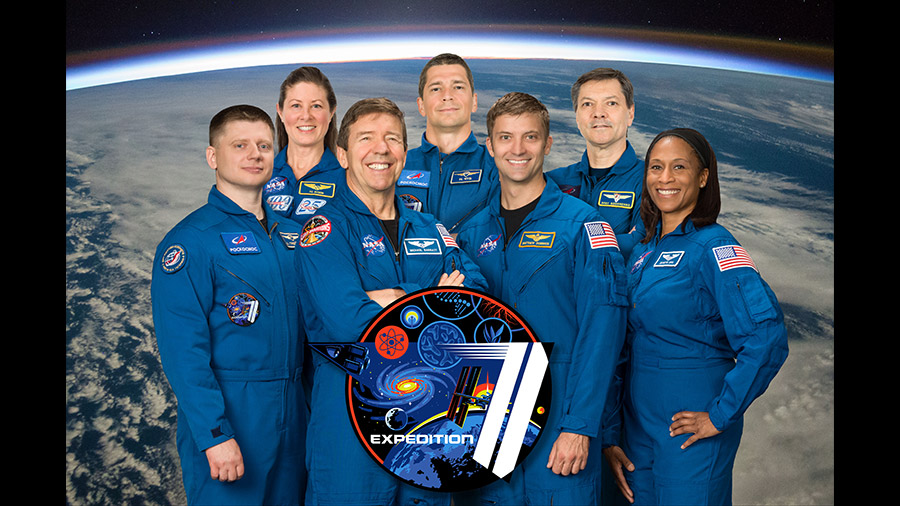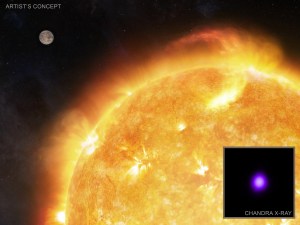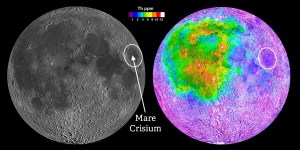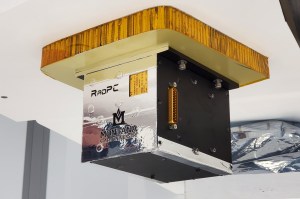3 min read
Preparations for Next Moonwalk Simulations Underway (and Underwater)

NASA will host four astronauts at 9 a.m. CDT Wednesday, Jan. 29, for a media opportunity at the agency’s Marshall Space Flight Center in Huntsville, Alabama.
NASA astronauts Matt Dominick, Mike Barratt, Jeanette Epps, and Tracy C. Dyson served as part of Expedition 71 and will discuss their recent missions to the International Space Station.
Dominick, Barratt, and Epps launched aboard NASA’s SpaceX Crew-8 mission in March 2024 and returned to Earth in October 2024 after spending nearly eight months aboard the orbiting complex. Dyson launched aboard a Roscosmos Soyuz spacecraft also in March 2024 and returned in September 2024 after completing a six-month research mission aboard the space station.
Media are invited to attend the event and visit with the astronauts as they discuss their science missions aboard the microgravity laboratory and other mission highlights. Media interested in participating must confirm their attendance by 12 p.m., Monday, Jan. 27, to Joel Wallace in Marshall’s Office of Communications at joel.w.wallace@nasa.gov or 256-786-0117.
Media must arrive by 8 a.m., Wednesday, to the Redstone Arsenal Joint Visitor Control Center Gate 9 parking lot, located at the Interstate 565 interchange on Research Park Boulevard. The event will take place in the NASA Marshall Activities Building 4316. Vehicles are subject to a security search at the gate, so please allow extra time. All members of the media and drivers will need photo identification. Drivers will need proof of insurance if requested.
The Expedition 71 crew conducted hundreds of technology demonstrations and science experiments, including the bioprinting of human tissues. These higher-quality tissues printed in microgravity could help advance the production of organs and tissues for transplant and improve 3D printing of foods and medicines on future long-duration space missions. The crew also looked at neurological organoids, created with stem cells from patients to study neuroinflammation, a common feature of neurodegenerative conditions such as Parkinson’s disease. The organoids provided a platform to study these diseases and their treatments and could help address how extended spaceflight affects the brain.
As part of Crew-8, Dominick served as commander, Barratt served as pilot, and Epps served as a mission specialist. Dyson launched aboard a Soyuz space as part of an international crew and served as a flight engineer on a six-month research mission. The expedition to the space station was the first spaceflight for Dominick, third for Barratt, first for Epps, and third for Dyson.
The International Space Station is a convergence of science, technology, and human innovation that enables research not possible on Earth. For more than 24 years, NASA has supported a continuous human presence aboard the orbiting laboratory, through which astronauts have learned to live and work in space for extended periods of time. The space station is a springboard for developing a low Earth economy and NASA’s next great leaps in exploration, including missions to the Moon under Artemis and, ultimately, human
Learn more about the International Space Station, its research, and its crew, at:
Joel Wallace
Marshall Space Flight Center, Huntsville, Ala.
256-544-0034
joel.w.wallace@nasa.gov






